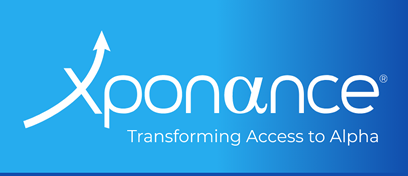
by Sumali Sanyal and Cameron McLennan | Jan 24, 2024 | Market Outlooks, Xponance® Quarterly Reports, Xponance® Insights
As 2023 drew to a close, the financial markets began to manifest the early signs of a soft-landing scenario, marked by a robust rally in equity markets in the fourth quarter, showcasing double-digit gains. This period was characterized by broadening of market strength, with notable outperformance by small-cap stocks, heavily shorted names, lower-quality companies, unprofitable tech, and a mix of long-duration, meme, cyclical, and value stocks.

by Charles Curry Jr and Noel McElreath | Oct 27, 2023 | Xponance® Quarterly Reports, Xponance® Insights
In this quarter’s update, we begin by looking at interest rates at the very broadest levels, i.e. Treasury markets and Federal Open Market Committee (FOMC) actions. We then take stock of the fixed income landscape, looking at current market metrics against a historical backdrop.

by Thomas Quinn | Oct 25, 2023 | Xponance® Quarterly Reports, Xponance® Insights
In recent years, the investment landscape has been significantly influenced by unprecedented monetary and fiscal stimuli, leading investors to focus on changes in inflation. But the front lines for significant government and central banks’ war against inflation have significantly diverged.

by Sumali Sanyal and Cameron McLennan | Oct 23, 2023 | Xponance® Quarterly Reports, Xponance® Insights
The key question going into the final quarter of 2023 and glancing towards 2024, is whether U.S. consumers, that account for roughly two-thirds of its total activity, will continue to keep the economy afloat.

by Charles Curry Jr and Noel McElreath | Jul 19, 2023 | Xponance® Quarterly Reports, Xponance® Insights
As we embark on the second half of 2023, we find a market in conflict. Despite the continued (relative) hawkishness by the Federal Reserve Open Market Committee (FOMC) and its members, most risk assets have continued to perform well.

by Sumali Sanyal and Cameron McLennan | Jul 19, 2023 | Xponance® Quarterly Reports, Xponance® Insights
The second quarter of 2023 saw US equities climb higher powered by large cap growth companies leveraged to the AI (Artificial Intelligence) theme. A pickup in soft-landing expectations seemed to be among the more powerful tailwinds for equity markets.






